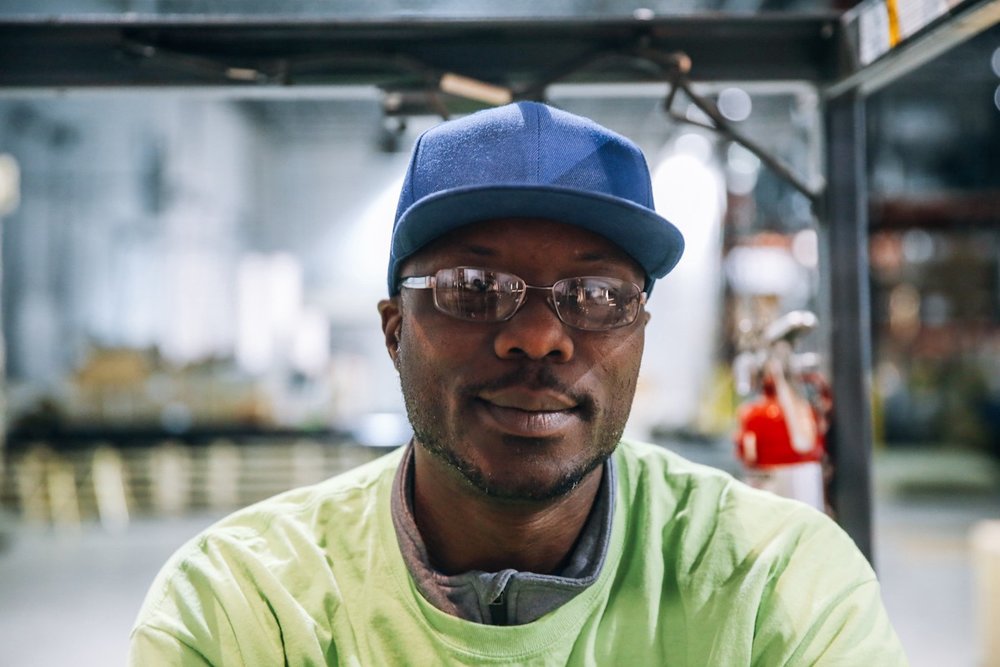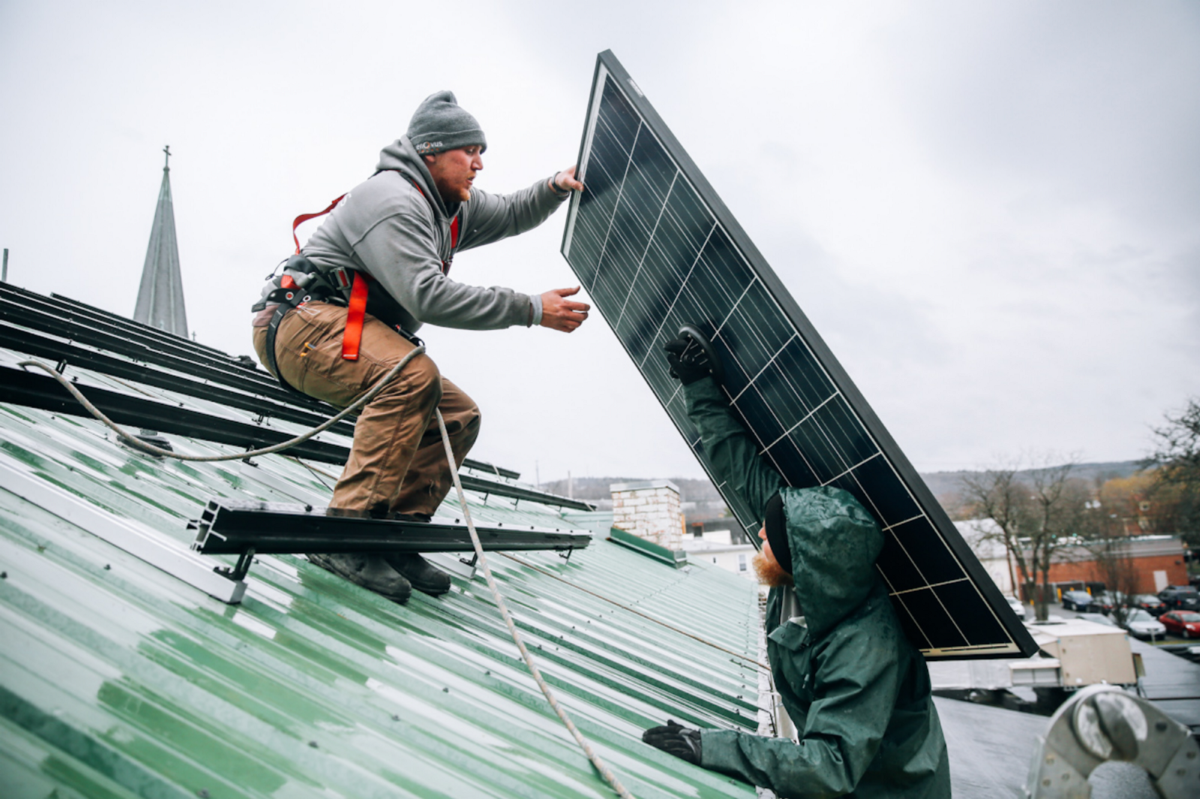The president is promising an economically impossible coal renaissance while proposing draconian cuts in renewable energy spending. So it’s not a great moment for a high-profile dust-up among academics who disagree on exactly what counts as clean energy and just what the best pathways to a clean energy future might be.
But let’s not miss the forest for the trees. Both sides of the battle raging in the pages of the Proceedings of the National Academy of Sciences agree that clean, renewable energy is critically important for our nation’s future, and for the planet’s. No one is arguing for business as usual. And that is to be celebrated.
At The Solutions Project, we freely admit we are biased. We stand behind our organization’s co-founder, Mark Jacobson, and his vision of 100-percent wind, water and solar energy for America. His peer-reviewed work inspires our efforts — and those of many others — to accelerate clean and safe energy deployment in every corner of the country. Given the lives and dollars that would be saved, it’s a vision that everyone deserves to see realized, and it’s hard to see it under attack.
But regardless of what happens in the ivory towers of academia or the marble halls of Washington, the reality is this: in cities, towns and rural areas across the country, Americans are signing up for a clean energy future. They know, as we do, that 100% clean energy is possible. In fact, in some places it’s already happening.
Georgetown, Texas, is a community of 50,000 people that has chosen to get all of its electricity from wind and solar energy because renewable power is cheaper than fossil fuel alternatives. Greensburg, Kansas, rebuilt itself as a thriving 100% wind-powered town after a tornado almost wiped the small town off the map. And from bright-blue cities like Madison, Wisconsin to deep red towns like Abita Springs, Louisiana, dozens of communities across the country have committed to a future powered by 100% renewable energy.
Meanwhile, in boardrooms from WalMart to GM to Coca-Cola, business leaders are committing to 100% clean energy. Tech companies like Apple are nearly there already. The smart money is on renewables because the economic trends are clear. In 2016, for the second year in a row, the United States saw more renewable electricity generation installed than fossil-fuel generation. Solar and wind are now cheaper than fossils in more than 30 countries, according to the World Economic Forum. Globally, renewable power capacity has surpassed fossil power capacity for the first time. It is no longer a pipe dream to power our lives with energy from the wind, water and sun.
None of this would have seemed possible just a few years ago. That’s the nature of technological innovation: its speed and extent can take you by surprise. Consider, for example, that the iPhone is only 10 years old. A decade ago, if someone had told you that people would rely on their telephones to do everything from finding real-time traffic directions to shooting videos to shopping to finding a date to boarding a plane, would you have believed it? And yet with continuing smartphone innovations, an avalanche of apps, and ever-improving coverage by cellular networks, broadband installations and ubiquitous Wi-Fi, we find reality exceeding our expectations.
Blazing a pathway to 100% wind, water and solar power is an ambitious goal — one that requires and even inspires leaps of faith. But at The Solutions Project, we are betting Americans’ entrepreneurial spirit will find a way to get there.

Take Buffalo, New York. Once a thriving industrial center, it fell into decline and became the third poorest big city in the United States. But now it is enjoying a renaissance powered, in part, by renewable energy. A shuttered steel plant now hosts wind turbines and solar arrays. And in one of the city’s hardest-hit neighborhoods — where utility bills for older, un-insulated housing routinely outpaces rent during Buffalo’s cold winters — residents have worked with PUSH Buffalo to create good jobs through a combination of renewable energy, affordable housing construction, weatherization and green jobs training.
If clean energy can happen in Buffalo, it can happen anywhere. Debates over the best pathways and timetables should not distract us from the central fact that the future will run on renewable power. We can let politicians’ posturing and academic disagreements distract us, or we can keep our eyes on the prize, and advance a healthy, safe, equitable, and prosperous future for all of us.
Co-authored by Sarah Shanley Hope and Billy Parish.
Sarah Shanley Hope is executive director of The Solutions Project, which works to accelerate the transition to clean energy for all. Board member Billy Parish is CEO of Mosaic, the largest residential solar lender in the U.S.
